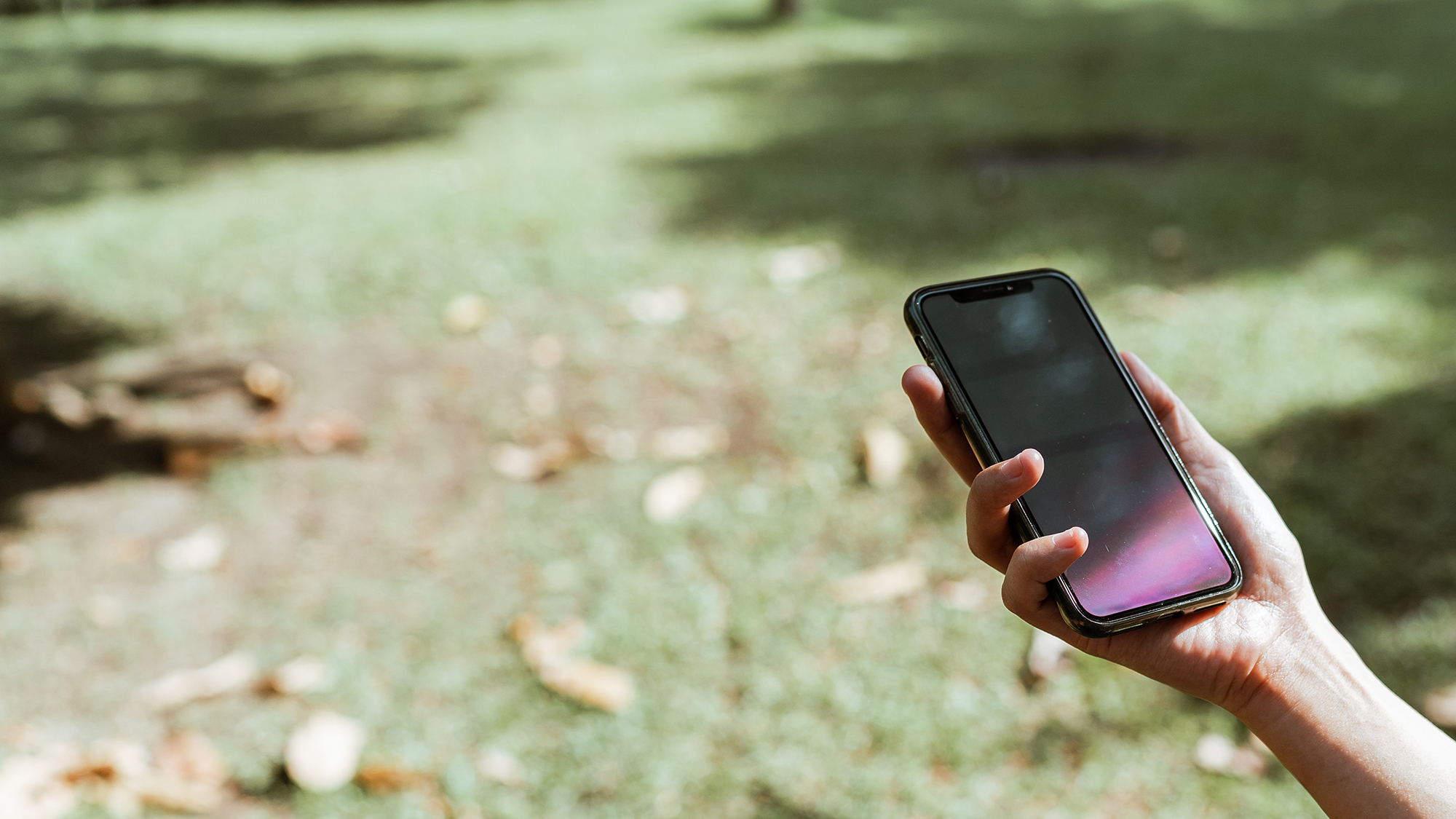University of Maryland faculty members are seeking to bridge the digital divide — the gap between those who have access to technology and those who do not — in a partnership with Maryland-National Capital Park and Planning Commission that explores implementing free WiFi in a Prince George’s County park.
If the project is successful, it would be the first in Maryland to bring WiFi to a green space, according to Naomi Sachs, an assistant professor in the university’s plant science and landscape architecture department.
The project is funded by a $150,000 grant from the National Science Foundation and includes faculty from the computer science, information science, kinesiology and landscape architecture departments.
Researchers will work directly with community members who live near Watkins Park in Upper Marlboro to identify the most pressing needs in a process called participatory development.
They will also explore a novel broadband-donation technology, which aims to share “left-over” internet bandwidth from nearby schools and other institutions to provide internet access to park-goers.
[With most UMD classes online, some students are struggling with internet access]
Nirupam Roy, the principal investigator on this project and an assistant professor of computer science at this university, stressed that community input was essential for the implementation of this project.
“We want to know how this park WiFi is going to be used, how people are going to be engaged, and whether we can develop a new innovative technique for people,” Roy said.
Urban greenspaces, researchers said, are an untapped asset in infrastructure improvement that can be not only be used on a daily basis, but also act as WiFi hubs during disasters. They’re especially important in Prince George’s County, where socioeconomic disparities are prevalent, and many residents don’t have reliable access to WiFi, Sachs said.
“That was the idea for people who do not have easy access to WiFi, that they could be able to come to this open public green space which has a huge number of amenities,” Sachs said.
Having WiFi access in parks also increases community resilience, said Lauren Belle, a sustainability specialist at M-NCPPC. Resilience is measured through indicators such as engagement, digital equity and mental and physical wellness and is part of a community’s ability to “bounce back” after a disaster.
Researchers are looking at potential social and technological implications of installing WiFi and how it might expand resilience in communities, said Jennifer Roberts, an associate professor in the kinesiology department.
The development of this technology has wider implications for the future of internet access. Belle brought up that WiFi access in homes through the park would create another community anchor institution akin to libraries, which would be especially important for students that may not have internet access in their homes.
[These UMD researchers are helping farmers grow crops on urban roofs]
“Right now, libraries are the resource that people have to travel to in order to access internet,” Belle said. “If they were able to access internet in their house that was free from a park system, that’s actually a really big game-changer.”
Researchers think the community will be receptive to their ideas, and they plan to use focus groups, surveys and workshops to collaborate with community members and hyper-focus on the amenities that would be most useful for the community.
“If it’s successful — and we think that it will be — then it can be copied and put into other parks in Maryland,” Sachs said. “And hopefully, we can be a model that could be copied by park programs in other states as well.”
Above all, Roy believes this project will enable the community to design its own vision for a sustainable park with an emerging basic necessity: internet access.
“Technology should always be for the people,” Roy said.
This story has been updated.



